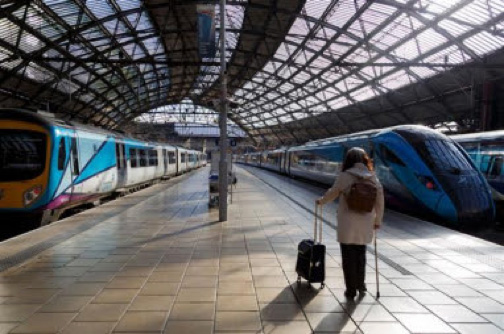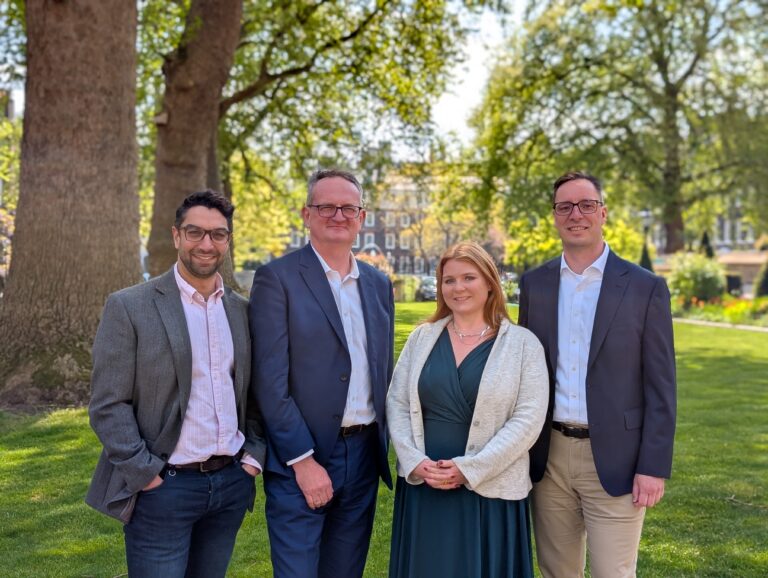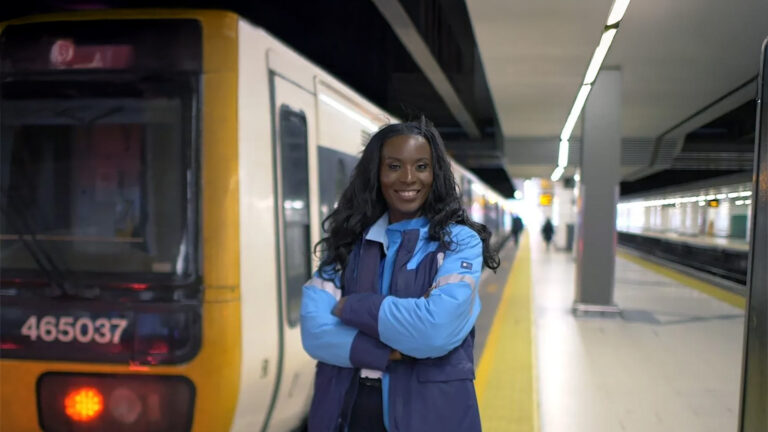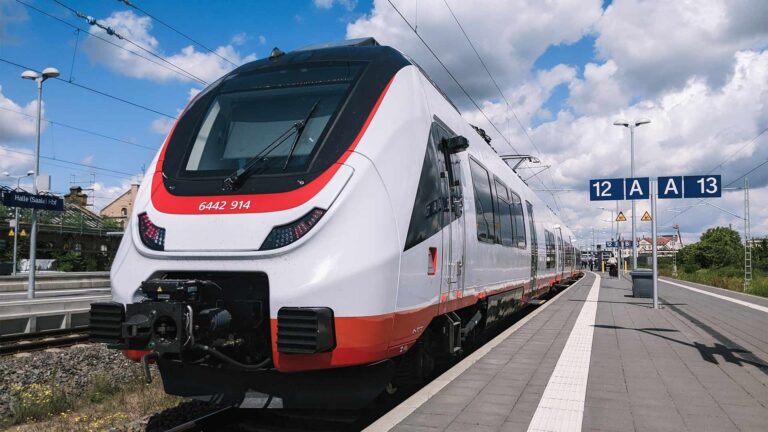The Integrated Rail Plan (IRP) offers a new perspective on rail connectivity across the Midlands and the North of England, encompassing HS2 and Northern Powerhouse Rail. The Hub has assessed the plan and finds that the case for decarbonisation – especially the case for Net Zero after 2050 – has been underplayed and leaves the industry with no clear accountability on who’s picking up the bill for this.
Good climate benefit potential but the Plan remains inconsistent and inconclusive in some key areas
Very recently, the government published the long awaited Integrated Rail Plan (IRP), setting out the UK’s comprehensive railway infrastructure investment project worth over £96 billion. The Plan is an ambitious collection of projects that, despite of the reduction of the eastern leg of HS2, will bring benefits that go further than journey time savings: they will facilitate connecting communities, creating economic opportunities and contributing to Britain’s efforts to achieve the Net Zero. However, in our view the Plan remains inconsistent or inconclusive in a number of areas.
- The Plan leaves large parts of the lines across the North and Midlands unelectrified. This incomplete electrification prevents maximising the decarbonisation gains that HS2, NPR and other IRP investments could offer.
- The Plan does not provide a clear path towards Net Zero in 2050 as it is very focused on infrastructure delivery until 2040; how environmental benefits are unlocked thereafter remains opaque. This is a real missed opportunity, as the government’s own Transport Decarbonisation Plan includes the aim to create a net zero rail network by 2050. When that was published, people immediately looked towards IRP to provide an implementation strategy across the North and Midlands to deliver these strategic objectives. However, we do not see a consistent approach in the newest plans.
- Hence, in our view it will be essential to utilise interim solutions for longer using flexible fleets of rolling stock that are adaptable to the lines’ infrastructure. Such bi-mode trains are versatile but expensive (both in terms of initial investment and running costs), and the Plan does not make clear whether the government, rolling stock leasing companies or passengers will pick up the bill.
Whilst we recognise the clear benefits that the IRP will bring to towns, cities and the UK, the Plan also offers challenges that the industry and the country are yet to address, especially when it comes to implementing the governments (laudable) Net Zero objective for 2050.
Context: key takeaways of the IRP
The Plan covers substantial and long-term investments such as HS2 and Northern Powerhouse Rail (NPR) as well as a number of other projects across the subject regions, putting transport capacity and connectivity improvements, levelling up and decarbonisation of the network as IRP’s core priorities. The IRP’s scope is broad with the planned delivery of the investments ranging between 2020s and late 2040s.
As a key element of the plan and widely published in the mainstream media, HS2’s eastern leg will now terminate at East Midlands Parkway, instead of reaching Leeds as initially planned. Many of the project’s benefits are retained, however: apart from creating a new line and significantly reducing journey times, HS2 also includes new stations and electrifications and upgrades of some of the existing lines.
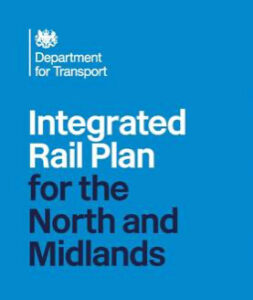
Another key project in the Plan – Northern Powerhouse Rail – will connect Warrington, Manchester and Yorkshire with a high speed line that will be a combination of a new and upgraded infrastructure. NPR will also cut the journey times, deliver new and upgrade existing infrastructure and electrify some parts of the line. Furthermore, IRP also contains a variety of additional schemes, such as full electrification of the Transpennine Main Line and implementing contactless ticketing across the commuter networks of the Midlands and the North.
